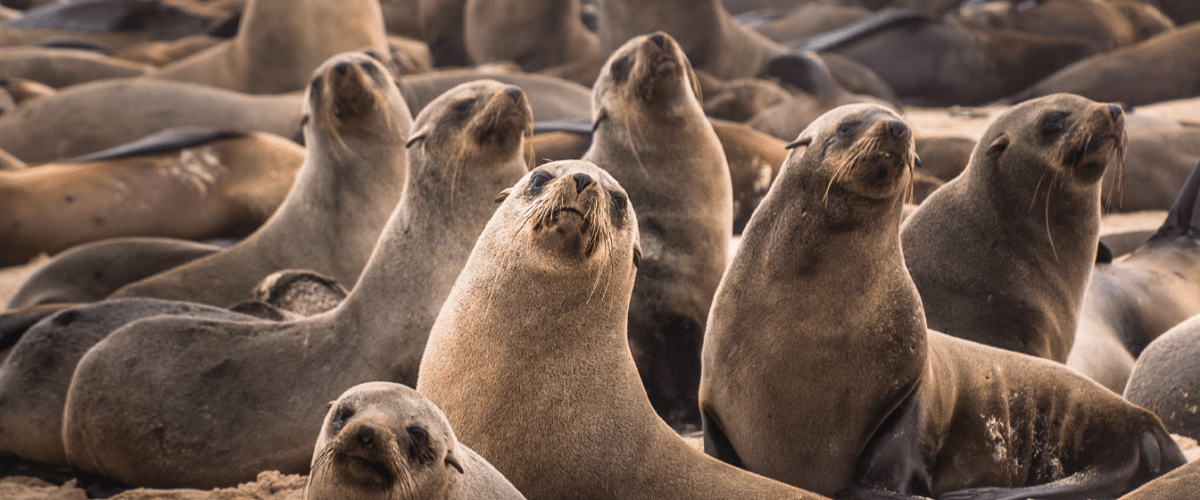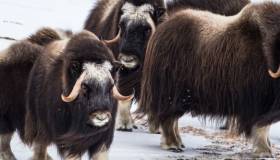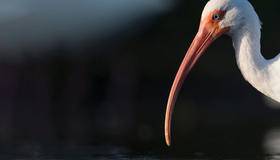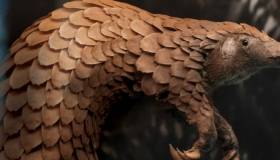
March 26, 2019 – Though they live on a small isle off the coast of Chile, the South American fur seals of Guafo Island are proving to be immensely informative. The island is home to the Pacific Ocean’s largest fur seal rookery, which for more than a decade has been studied by scientists to learn more about ocean life.
“We’re always trying to understand how an ecosystem works, the health of it and what factors we’re causing to potentially impact it,” said Dr. Mauricio Seguel, a research fellow at the University of Georgia and member of the Guafo Island Research Group. “The idea is to keep long-term studies going because we learn the most when we’re able to combine information, year after year, and start seeing trends that are important.”
The team has been prolific in their publishing, with three papers published in 2018 alone from Morris Animal Foundation-funded research. The first paper focused on previously unknown factors contributing to a die-off of fur seal pups, including mites, pneumonia and sea surface temperature. A second paper focused on research that found hookworms exploit a live fast/die young strategy in their fur seal pup hosts, which could eventually pose a species survival risk to critically endangered populations of fur seals.
The third paper shared the discovery of plastic microfibers in the seals’ feces. This finding suggests that scat from pinnipeds may be an efficient way to monitor levels of microfibers and microplastics in the environment.
Guafo Island and its surrounding waters are home to a wide variety of animals, from penguins to whales. So why does the team focus so much attention on fur seals? Because they provide a good snapshot of ocean life while still spending a significant amount of time on land.
Compared to other pinnipeds, fur seals not only live closer to open ocean waters, they tend to forage far deeper into the ocean as well. But unlike fully aquatic animals, such as dolphins or whales, researchers have much greater access to the seals when they return to their rocky beaches. Dr. Seguel and his team can follow, mark, capture or simply observe them to analyze any number of factors in their lives.
“Most people think we study fur seals because they’re charismatic or the way they look, but it’s actually because they’re very important pieces of marine ecosystems, as predators,” said Dr. Seguel. “Anything that happens in the marine ecosystem affects them somehow and we can still understand processes in the ocean that would affect other top ocean predators.”
More insight from the seal studies is yet to come. Dr. Seguel said his team will publish at least three more manuscripts in the near future about the fur seals of Guafo Island, one of which will deal with climate change and its effect on the seals’ immune systems.




